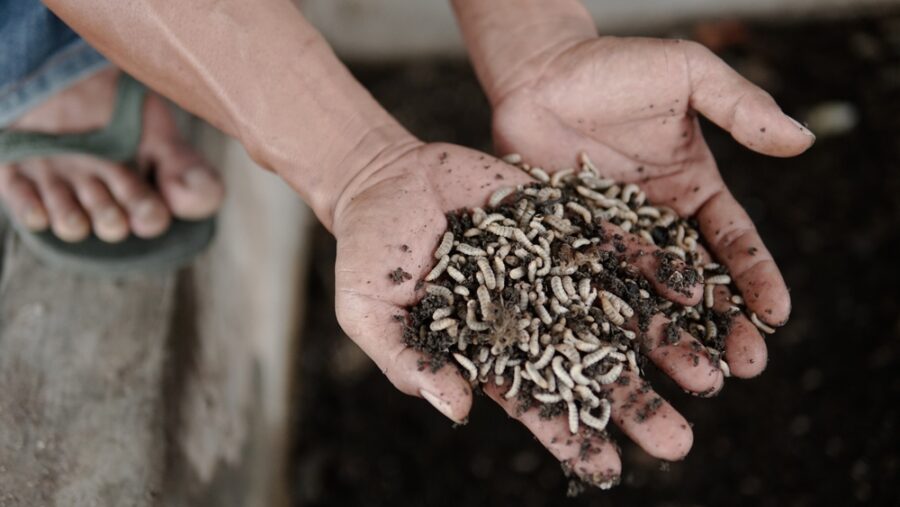Insects have high protein content which can be beneficial for dogs and cats.
A buzz has been spreading across the pet food industry one that involves a not-so-typical ingredient: insects. While the idea might sound unconventional, scientific research and market trends are converging to highlight the benefits of incorporating insects into pet diets, particularly for dogs and cats. A recent review of previous studies also suggest insects as pet food are promising.
Which Insects?
The primary insects to be used as pet food are black soldier fly larvae (Hermetia illucens), mealworm larvae (Tenebrio molitor), and adult house crickets (Acheta domesticus). These critters are not just limited to exotic pets; they are finding their way into the diets of our beloved cats and dogs, both in dry and wet formats, as well as treats.
Most Studies Were Conducted in Canines
Most of the available research regarding insects as pet food is centered around dogs, revealing that insect nutrients, especially amino acids, boast high digestibility, contribute to overall health, and have no adverse effects on gut microbiota. These findings align with the fact that in several countries, insects have received approval for use in pet food, leading to a global commercialization of insect-based pet products.
Pet Owners Are Welcoming Insect Diets
Pet owners, it seems, are on board with this unconventional approach to pet nutrition. There’s a growing willingness among pet parents to explore foods made with insect meal for their furry companions. As a result, industries are capitalizing on this demand, producing a variety of insect-based dry feeds and treats that are readily available in specialized stores, retail outlets, and online.
Proteins and Antioxidants
While insects bring a promising solution to the world food crisis, the benefits extend beyond mere sustainability. Insect-based pet foods are gaining recognition for their positive impact on animal nutrition. With a limited selectionmealworm larvae, black soldier fly larvae, and adult cricketsthese insect ingredients are proving to be a nutritious addition to traditional pet diets because of their high protein and antioxidant content.
Safety
Regulations governing the use of insects in pet foods have started to emerge in some countries where they are permitted. However, there is still a need for more in-depth research, particularly for cats. Future studies could explore the acceptability of insects for feline companions, ensuring their safety and examining potential functional properties like antioxidant and antimicrobial capacity.
The safety of insect consumption by pets needs thorough investigation to address potential food safety risks. Additionally, the economic sustainability of mass insect rearing under industrial conditions should be a priority for future research.
The incorporation of insects into pet food is not just a passing fad but a burgeoning reality with profound implications for the pet food industry. As the buzz around insect-based pet nutrition continues to grow, pet owners can anticipate a diverse range of options that prioritize both the health of their furry friends and the sustainability of our planet’s resources.
Dos Santos Aguilar, J.G. An overview of lipids from insects. Biocatal. Agric. Biotechnol. 2021, 33, 101967. [Google Scholar] [CrossRef]








